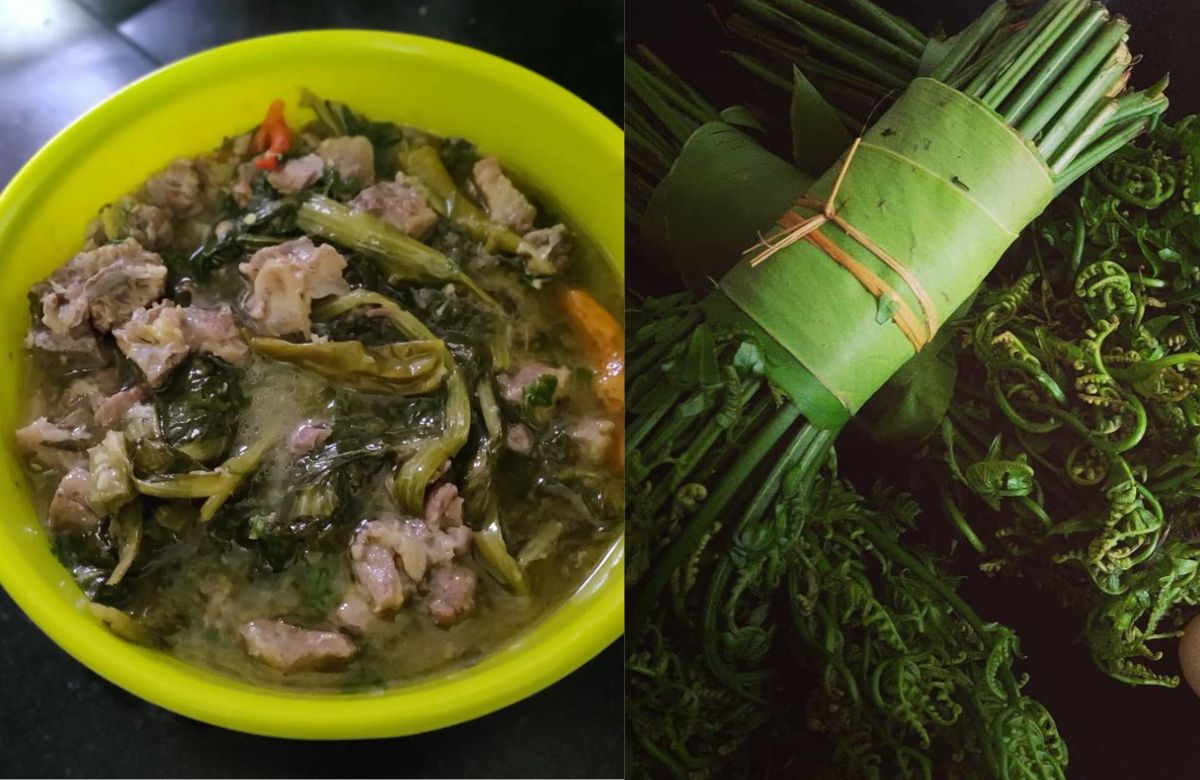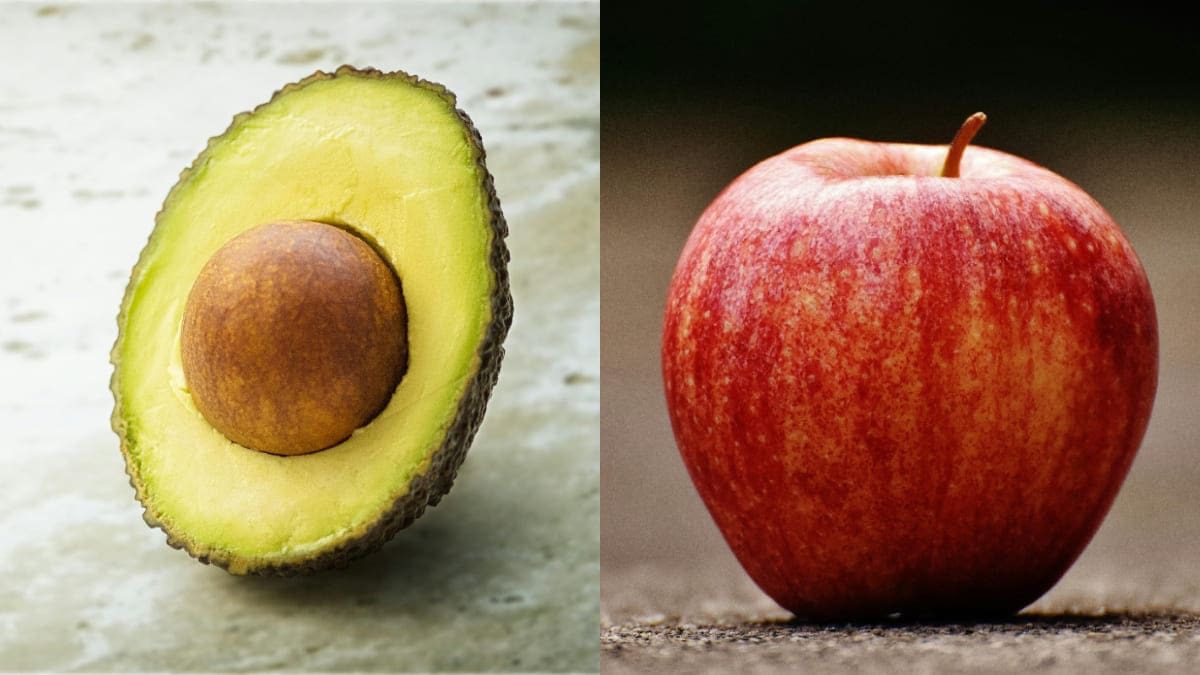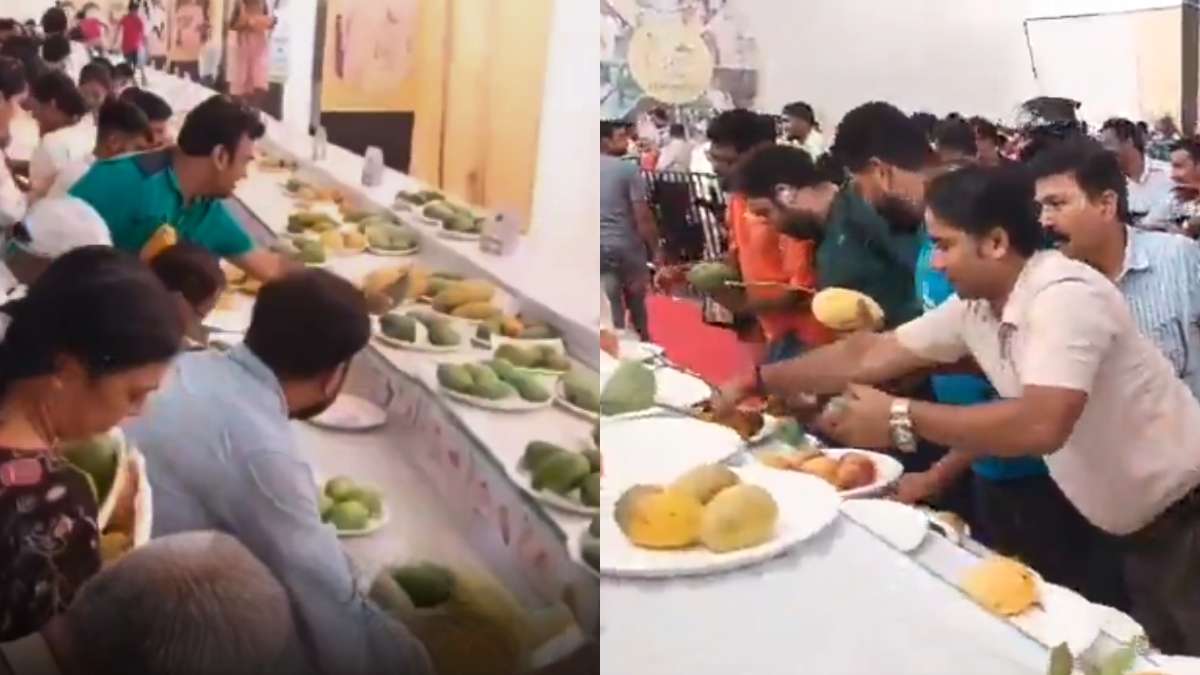Growing up in Assam, two things indicated the arrival of monsoon: One was the beautiful sight of clouds coming down and playing hide and seek with the nearby hills; the other was when my mother prepared the staple favourite (leafy greens) of the region, dhekia xaak. (fiddlehead ferns). As the rains pour down and the landscape becomes a lush tapestry of green, Assam during the monsoon season (minus the incessant floods) has an enchanting allure.
Additionally, heading to the local market during my childhood was also quite fun after a bountiful rain. The smell of petrichor intermixed with the aroma of fresh green leafy vegetables is a soothing memory. “Dhekia or fiddlehead fern is one of my favourite greens too,” says Mumbai-based Assamese home chef, Kasturi Barua.
However, for Goa-based Assamese tea curator, Monalisa Borkakoty from Tea Amo, her earliest memories of monsoon from her hometown involve watching her mother serve hot tea especially ronga saah (red tea) with jaluk (black pepper). Truly, there’s nothing quite like a steaming cup of spiced tea that offers a soothing experience.
‘Tis The Season Of Assam’s Leafy Greens
View this post on Instagram
Monsoon greens have a special place in our seasonal food calendar. The season brings an array of green leafy vegetables to Assam’s markets and kitchens. However contrary to popular belief, wild seasonal greens have long been a staple of our traditional diets, despite the widespread misconception that leafy vegetables should be avoided during the monsoon season.
A trip to Assam in the monsoon is incomplete without visiting any godhuli bozaar or one of the neighbourhood evening markets. Be ready to be enticed by the aroma of various green leafy vegetables. “Rains are abundant here, which also means we get a lush, green, bountiful harvest of fresh produce during that time. It is believed that there are over a hundred herbs or edible leafy greens that are found in Assam,” she shares.
View this post on Instagram
From stir-fries to curries, these greens are used to prepare a variety of traditional dishes. From kosu (taro leaves), methi (fenugreek leaves), paleng (spinach), laai xaak (mustard greens) to dhekia xaak (fiddlehead ferns), the monsoon dishes come out in rich flavours and are aromatic. Dhekia xaak bhaji (stir-fried fiddlehead fern) and Panimuni bhaji (water spinach stir-fry) are popular monsoon dishes that showcase the flavours of these seasonal greens.
Also Read: Monsoon On North-East India’s Plate Part 3: Nostalgia & Foraging Delights From Nagaland
What’s Cooking In The Kitchens?
These green leafy veggies are used extensively to prepare both veg and non-veg dishes. Interestingly, you can find this famous dhekia xaak widely popular across the country. “Dal made in fiddlehead fern is a must-have. And it’s an easy process. Boil moong dal in water till soft. Add salt and turmeric. On a separate wok, heat mustard oil. Add methi seeds. Let it splutter. Then add chopped garlic. Fry for two minutes. Now add chopped dhekia and saute for 10 mins till the greens turn soft. Then add the boiled dal along with some hot water. Let it simmer for another five min,” Barua shares her favourite monsoon recipe.
View this post on Instagram
Monsoon dishes like haahor mangxo (duck curry), kukura mangxo (Assamese chicken curry ) made with chicken pieces simmered in a light and flavourful gravy, sojina juul (drumstick curry) made with mustard seeds still continue to be a mainstay. Mostly, the monsoon food relies on an array of herbs and spices.
“Stews and peppery, soupy gravy are often the choice of food during this time. It is the season of gourds as well so we prepare fish in ridge gourd, dal rich in vegetables, smoked mashed dishes like mashed potatoes with smoked eggplant etc.” she adds. A personal favourite is the aromatic khar served with gorom bhaat (warm rice). It’s a staple Assamese curry obtained from the ashes of sun-dried banana peels.
View this post on Instagram
As the monsoon season arrives, Assam’s vibrant condiment culture comes to life. “Smoked and mashed chutneys like tomatoes, and eggplant are relished. A heavenly lunch plate is incomplete without raw mango chutney in mustard oil, pineapple or bilaahi tok (top is a cooked sweet tomato chutney made in jaggery and cooked in mustard oil),” assures Barua.
Sippin’ Tea Continues
View this post on Instagram
Tea culture is deeply ingrained in Assam’s identity. The tea culture transcends the boundaries of mere refreshment. They are the backdrop for many stories, songs and folklore. Like any other state, the deep connection between the people of Assam and their tea is a tradition passed. “While the elders sipped on hot cups of endless tea, the children were treated to fritters made of green leafy vegetables (fritters called bors like pakodas made of skunk vine, joyweed, pennywort etc.),” she recalls.
“The season of monsoon also calls for homemade aloo-chop and malpua“, Monalisa adds. Sometimes sweet, sometimes salty, malpua happened to be a staple snack in Assamese households back then.
In the midst of the rain-soaked tea gardens, the simple joy of sipping a cup of tea tells a story centuries in the making. “Tea is a seasonal plant and new harvests do not happen during the monsoons. However, there’s a special variant that is available throughout the year. There’s smoked tea or falap tea grown by the Singpho tribe. The tea leaves are smoked inside a bamboo stick for about 7-10 years,” Borkakoty says. “I think it is something that goes really well when it’s rainy season. Being a super strong tea, it works best to savour it then to keep yourself warm and open up your senses.”
View this post on Instagram
A cup of this warming brew can transport you to a world of aromatic spices, and soothing warmth. Inhaling the fragrant steam can be a mood-lifting experience. Personally, it offers me solace on gloomy days. In the heart of northeast India, Assam’s monsoon season is a time of abundance and culinary delight.
So, when are you making the trip to the northeast of India?
Cover image credits: Instagram/Kasos Kitchen
First Published: September 16, 2023 9:34 AM



